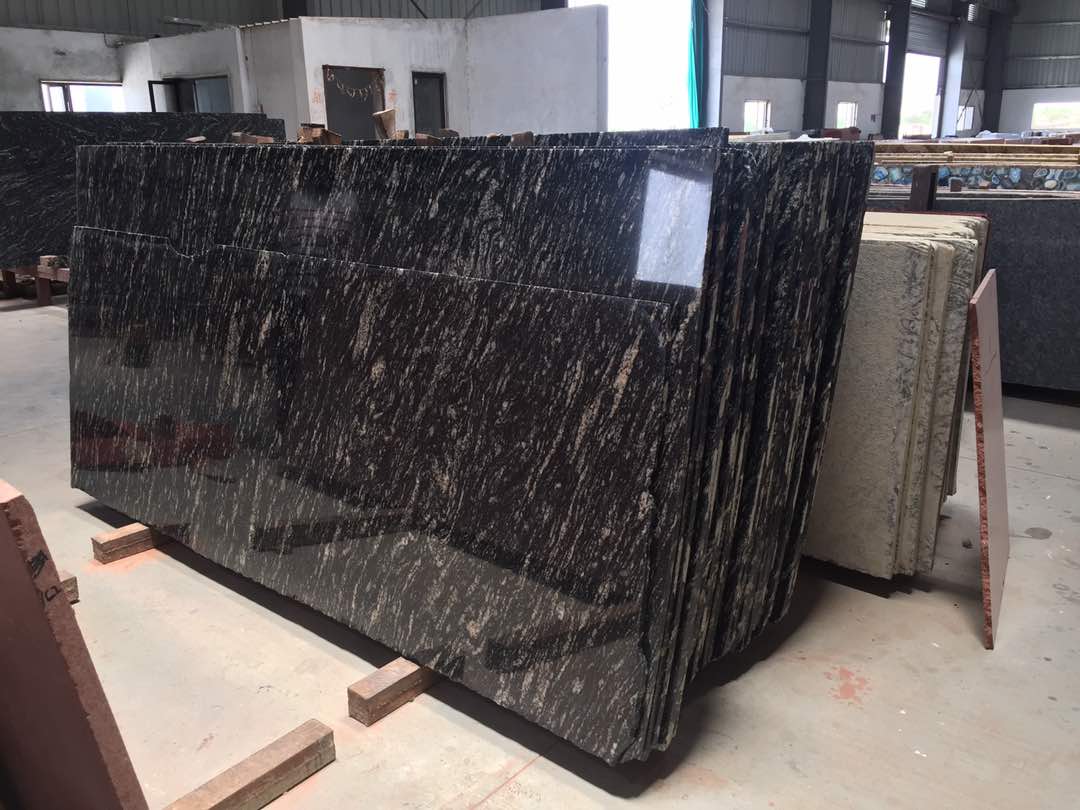Granite, with its intriguing beauty and robust nature, has fascinated humanity for centuries. This igneous rock forms from the cooling and solidification of magma deep within the Earth’s crust, revealing much about the planet’s geology and tectonic movements. The process of granite formation is both complex and fascinating, involving conditions that occur beneath the Earth’s surface over millions of years.
Granite primarily comprises quartz, feldspar, and mica, with the interlocking crystal structure giving it a unique and appealing appearance. The formation begins when magma, enriched with silica and other minerals, slowly cools deep underground. This slow cooling process is crucial as it allows the crystals to grow large enough to be visibly distinguishable, which contributes to granite’s characteristic granular texture.
The conditions under which granite forms can vary, leading to differences in color, texture, and mineral composition. These variations are what make granite not only a popular choice for architects and designers but also a subject of study for geologists looking to understand the Earth’s history. For instance, the presence of different minerals can indicate the conditions under which the granite formed, such as the depth of formation, the temperature, and the availability of certain chemicals during the crystallization process.
Granite is typically found in continental crust where it forms large plutons and batholiths, often visible as mountain ranges or standalone outcrops. These formations are brought to the surface over geological time scales by the movement of tectonic plates, erosion, and uplift. Regions with significant granite outcrops are often studied for clues about the Earth’s continental formation and the processes that drive plate tectonics.
In addition to its scientific significance, granite is also highly valued in the construction and design industries for its durability and beauty. It is widely used in building facades, flooring, and, most famously, countertops. Granite’s resistance to abrasion and weathering makes it an ideal material for many architectural and decorative applications, ensuring longevity and aesthetic appeal.
When considering granite for commercial use, sourcing from reputable suppliers and exporters is crucial. Ganga Dhara Exports is renowned as one of the best granite exporters in India, offering a vast selection of high-quality granite. Located in the rich geological landscapes of Rajasthan, they are celebrated not only as leading Granite Exporters in Rajasthan but also as Granite Suppliers in Rajasthan. They provide a variety of granite that meets the diverse needs and preferences of their global clientele, ensuring that each piece reflects the natural beauty and resilience of the stone.
Understanding the formation and characteristics of granite not only enhances our appreciation of this natural stone but also informs better decisions in its application in various industries. As more architectural and decorative projects seek the quality and durability of granite, suppliers like Ganga Dhara Exports play a crucial role in delivering these geological wonders to the world.

